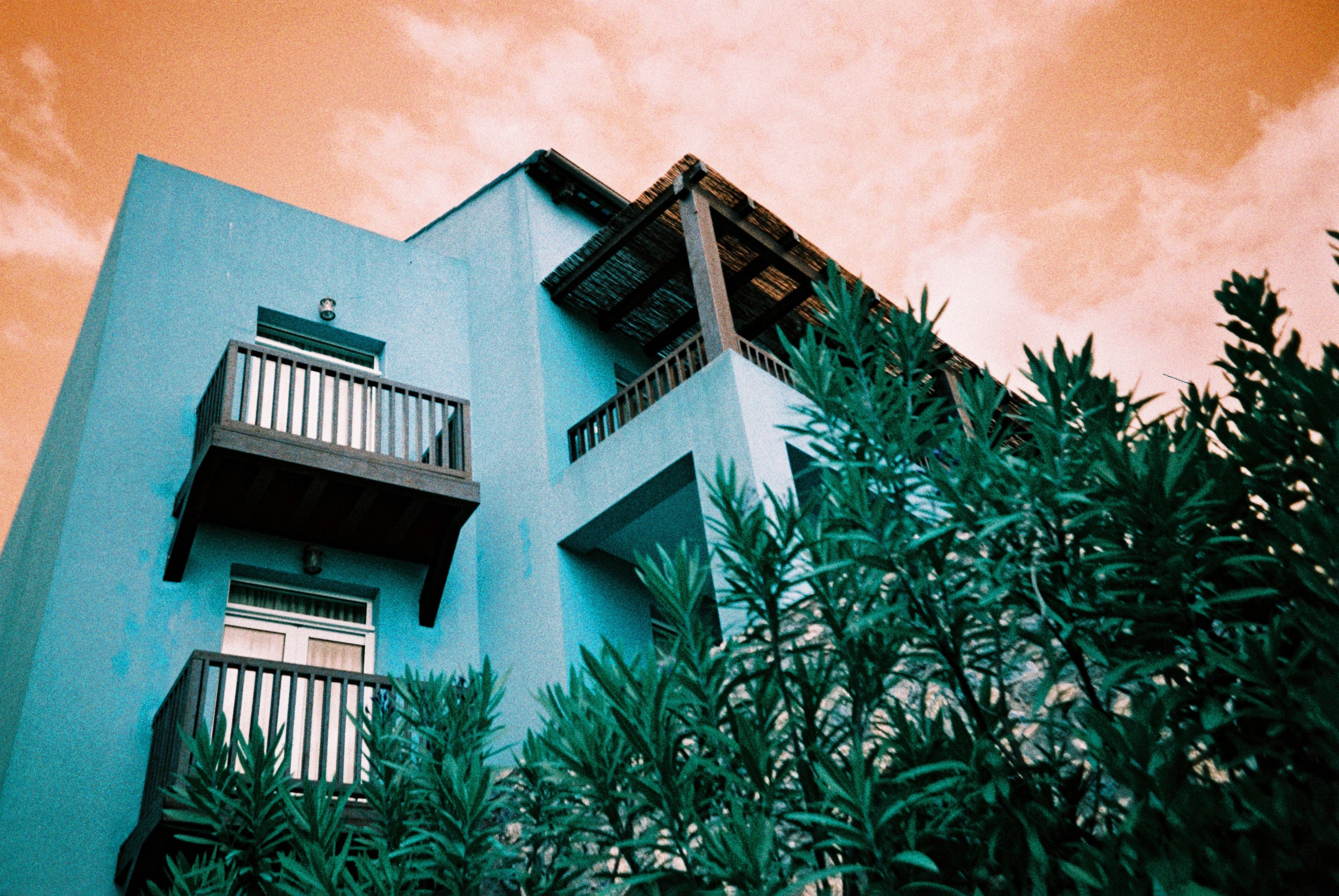The Instax wide black and white (B&W) variation, is a decent well-rounded stock. It has strong versatility with its 800 ISO, combined with any flash, making it an ease to make nice tangible photographs. In turn making it ideal for casual use, documenting special occasions, and so on. I find the novelty of it being black and white, also suits well for making nostalgic feeling outcomes. Though I do find that the tonality of the negatives in person are slightly tinted blue, more noticeable when capturing darker subjects, which in turn I find myself up editing most my b&w Instax’s (like the example photo) to draw out a ‘true’ black and white. Despite this the images, have great contrast to them with minimal noise, though it prone to rendering highlights quite hot, but leaving darker aspects feeling a little washed out.
Which brings me onto the main criticism of this stock, the reality for any use, be it professional project or simple fun photography, the colour variant is far superior. It not only gives great capacity to edit in post, allowing you to turn them to black and white with greater control of tonality, but simply makes for better tangible gifts and mementos. As result of it creating stronger sense of nostalgic outcomes, which I find down to the tonality being closer to Kodaks; Colour and Gold stocks. In turn I recommended it for experimental purposes, or very specific projects, but if toying between this stock or colour, go for the colour it’s a lot safer bet.
Other small points:
The tab for writing on Instax can be picky, I found paint pens to be less effective than ink markers, best course of action is to test a dud / poor quality exposure.
It simply cheaper to buy the colour stock in big packs of 50 exposures, than it is for 10 for £14.99 (which is still fairly cheap for this stock)
Using a microfiber cloth, with a tiny touch of water helps remove any annoying fingerprints marks (inevitable really for the medium).
I have found with the colour variant, that the quality control on some packs varies hugely, with it creating these ‘brun’ marks on the image. Though I am yet to experience this on the black and white, I dare say it exists. However, I have never ruined an image, in some ways it has its own charm.
Thanks for reading, hope it helps :)

